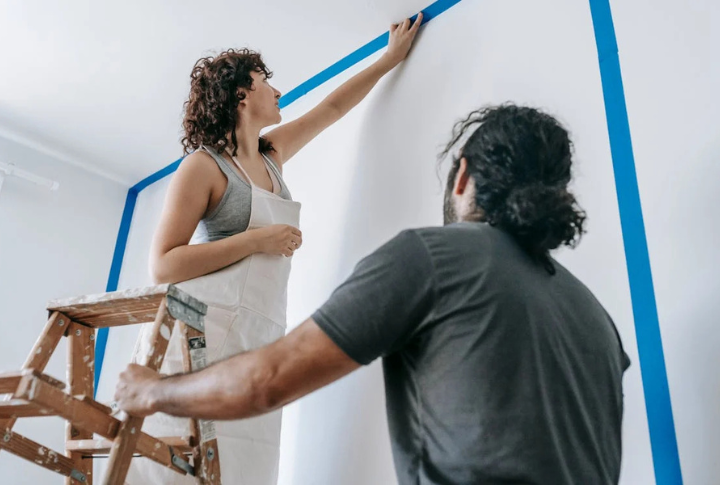
A flawless paint job can transform any space, but achieving smooth, professional-looking results takes more than a brush and a can of paint. Experts know the tricks that make all the difference, from surface prep to final touches. Mastering these techniques ensures a polished, streak-free finish.
Start with a Clean Surface
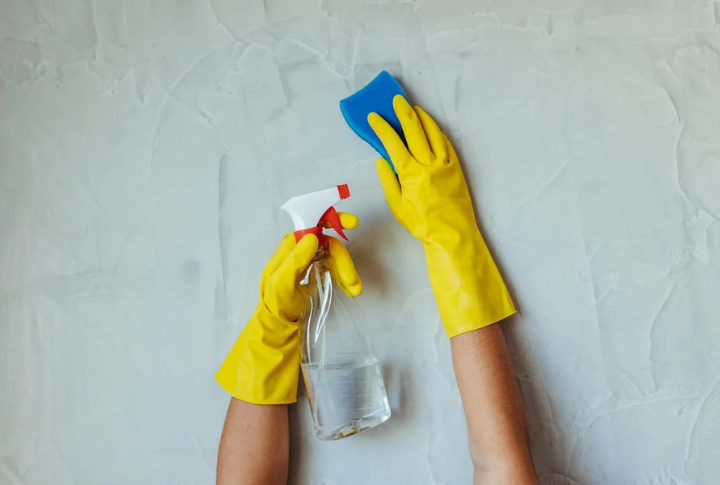
Dust and oil buildup can interfere with paint adhesion, resulting in patchy coverage or flaking over time. Clean the surface with a mild detergent and rinse with water. Then, let it dry completely. Sand any rough spots for a smooth base.
Use a Quality Primer
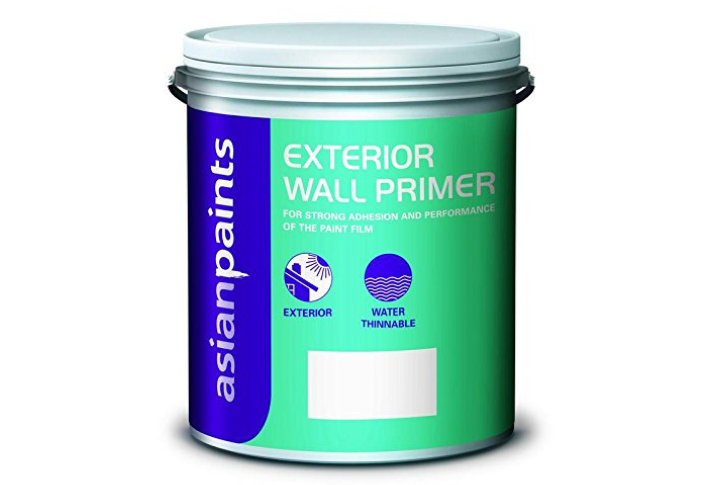
Primer helps paint adhere better, especially on porous or previously painted surfaces. It also blocks stains and evens out imperfections. This gives you a smooth, long-lasting finish. Choose the right primer for your surface to prevent chipping and fading over time.
Choose the Right Paint Sheen
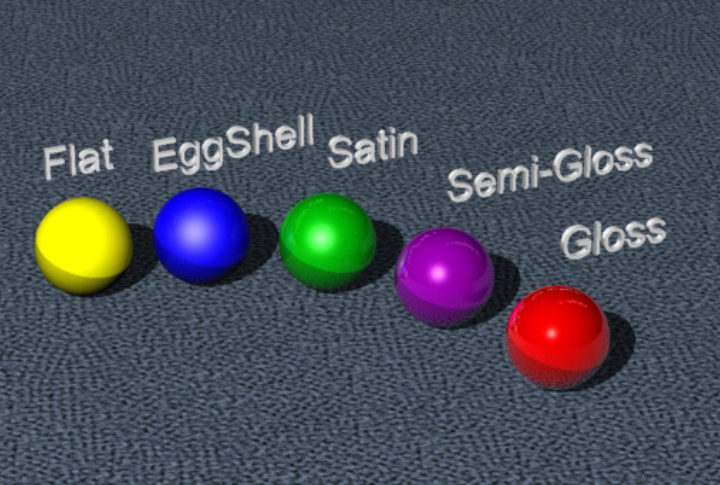
The right sheen makes a big difference in durability and appearance. Glossy and semi-gloss finishes are easy to clean, making them ideal for kitchens and bathrooms. Moreover, matte and eggshell finishes hide imperfections better, which works well for living rooms and bedrooms.
Invest in High-Quality Brushes and Rollers
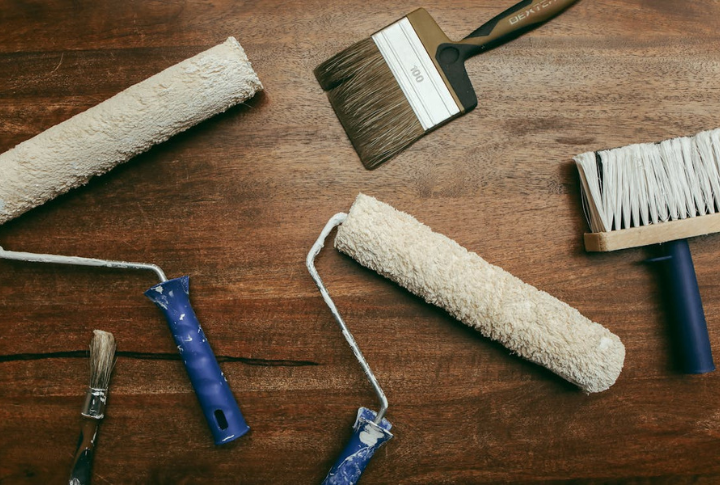
Good tools make a noticeable difference. High-quality brushes hold more paint and provide better control, while premium rollers reduce splatter and ensure smooth, even coverage. That’s why invest in the right equipment to save time and get a professional paint look.
Use the “W” Technique for Even Coverage
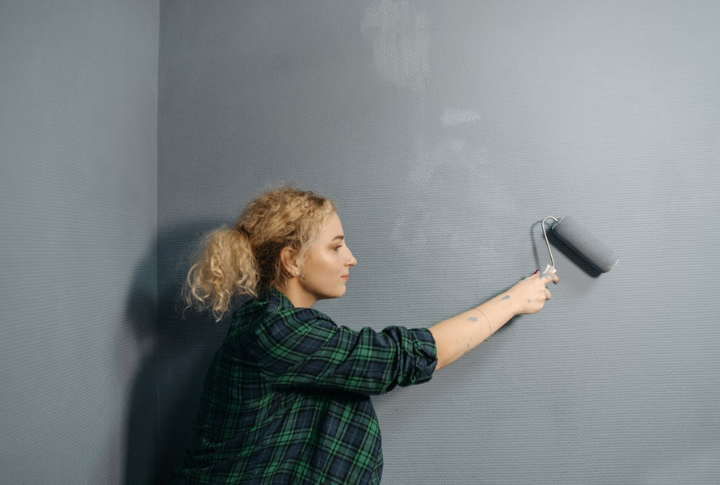
For a streak-free finish, use a “W” or “M” motion when rolling paint onto walls. This technique helps spread the paint evenly and gets rid of visible brush or roller marks. Start from one corner and work across the surface without lifting the roller too often.
Keep A Wet Edge To Prevent Any Lap Marks
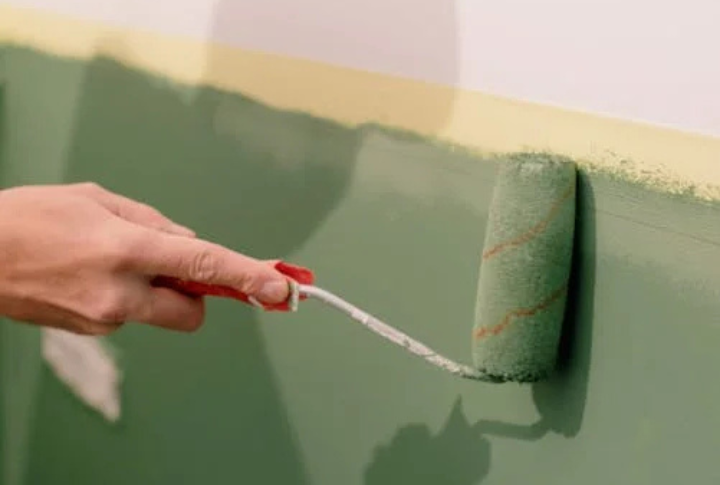
Painting over partially dried paint can leave streaks and uneven patches. Work in small sections and keep a wet edge by slightly overlapping each stroke while the paint is still fresh. This helps create a seamless, uniform finish.
Allow Proper Drying Time Between Coats
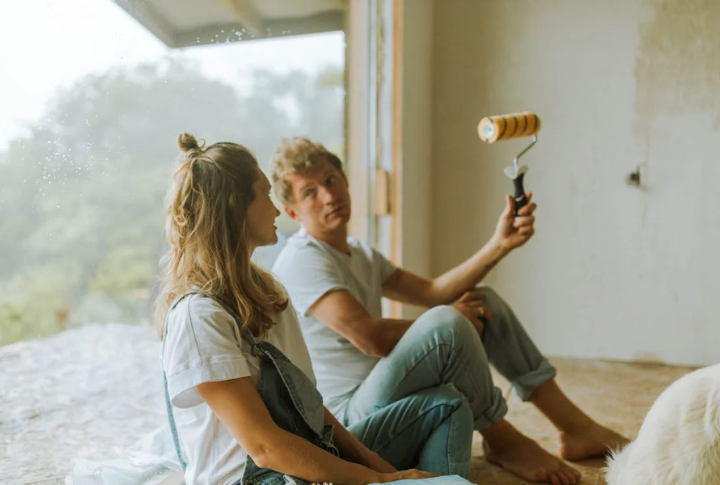
Applying a second coat before the first one fully dries can cause streaks, patchy coverage, and peeling. Let each layer dry fully before proceeding. Also, following manufacturer guidelines ensures better adhesion and a durable, professional-looking result that lasts longer.
Tape Off Edges for Clean, Sharp Lines

Painter’s tape is essential for crisp edges along trim, ceilings, and corners. Press the tape firmly down to prevent paint from getting in from underneath, and peel it off while the paint is slightly tacky to prevent chipping or damage.
Control Room Temperature and Humidity
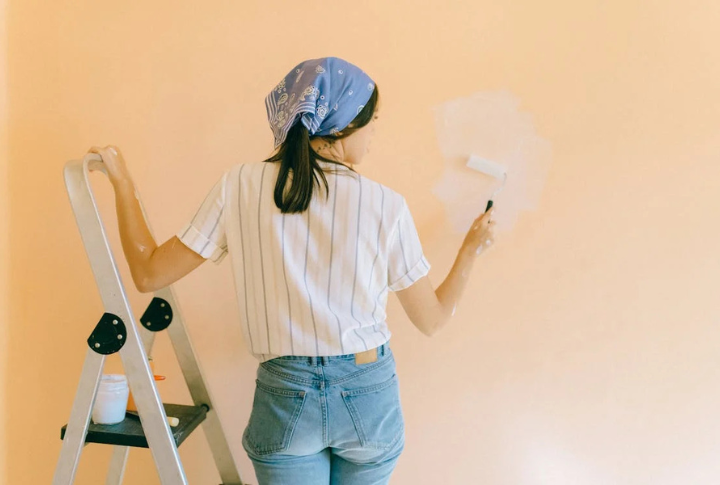
Temperature and humidity affect how paint dries. Too much moisture can cause bubbling, while cold air slows drying time. For the best results, paint in a well-ventilated space with moderate temperature and humidity levels.
Use a Paint Extender for a Smoother Finish
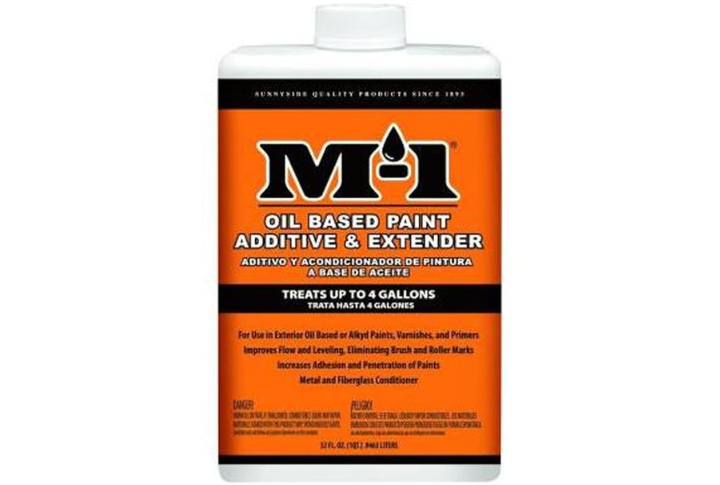
A paint extender (or conditioner) slows drying time, allowing the paint to level out and reduce visible brush strokes. It’s especially useful for detailed work or large surfaces where you want a smooth, professional look.

